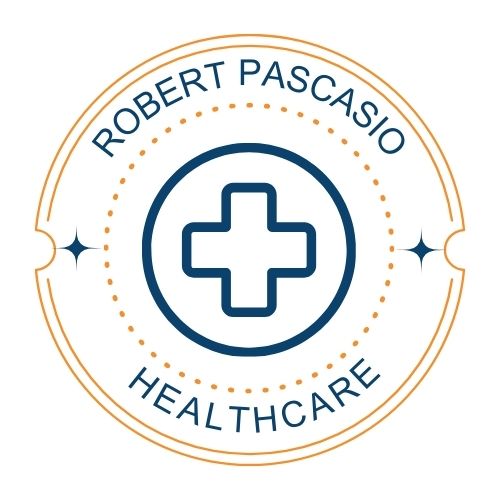Rural healthcare in the United States faces unique challenges, including geographic isolation, a shortage of healthcare providers, and limited access to medical services. Addressing these challenges requires not only the expansion of healthcare resources but also the effective marketing of these services to ensure that rural populations are aware of and can access the care they need. By implementing targeted marketing strategies, healthcare organizations can significantly enhance awareness, drive engagement, and ultimately improve health outcomes in rural communities.
Understanding the Audience
The first step in any effective marketing strategy is understanding the target audience. Rural populations often have different needs, preferences, and communication habits than urban populations. For instance, many rural residents may have limited access to digital platforms or rely more heavily on local newspapers, radio stations, and community bulletin boards. Conducting market research to gather insights into rural communities’ demographics, healthcare needs, and communication preferences is essential for developing tailored marketing messages that resonate with these audiences.
Leveraging Local Media and Community Networks
Local media and community networks are crucial in disseminating information in rural areas. Partnering with local newspapers, radio stations, and community centers can help healthcare organizations reach a broader audience with their messages. These channels can be used to promote healthcare services, share success stories, and provide educational content on important health topics. Additionally, collaborating with community leaders, churches, and schools can help amplify marketing efforts’ reach and build community trust.
Utilizing Social Media and Digital Platforms
While rural populations may have varying access levels to digital platforms, social media, and online resources still offer valuable opportunities to connect with these communities. Healthcare organizations can use social media to share information about services, upcoming health events, and preventive care tips. Targeted online advertising can also reach specific demographics within rural areas. Furthermore, digital platforms can promote telehealth services, emphasizing the convenience and accessibility of remote healthcare options.
Creating Culturally Relevant Content
Culturally relevant content is vital to effective marketing in rural healthcare. Messages that reflect rural communities’ values, traditions, and lifestyles are more likely to resonate and encourage engagement. For example, marketing materials can highlight local success stories, use imagery and language that reflect the rural experience, and address specific, prevalent health concerns in these areas. Ensuring content is culturally sensitive and relatable helps build trust and encourages community members to seek healthcare services.
Offering Educational Programs and Workshops
Educational programs and workshops are powerful tools for raising awareness and increasing access to healthcare in rural areas. Healthcare organizations can host events that provide information on preventive care, chronic disease management, and available services. These programs can be promoted through local media, community networks, and social media, ensuring that residents know the opportunities to learn and engage. By offering valuable educational content, healthcare organizations can position themselves as trusted resources within the community.

